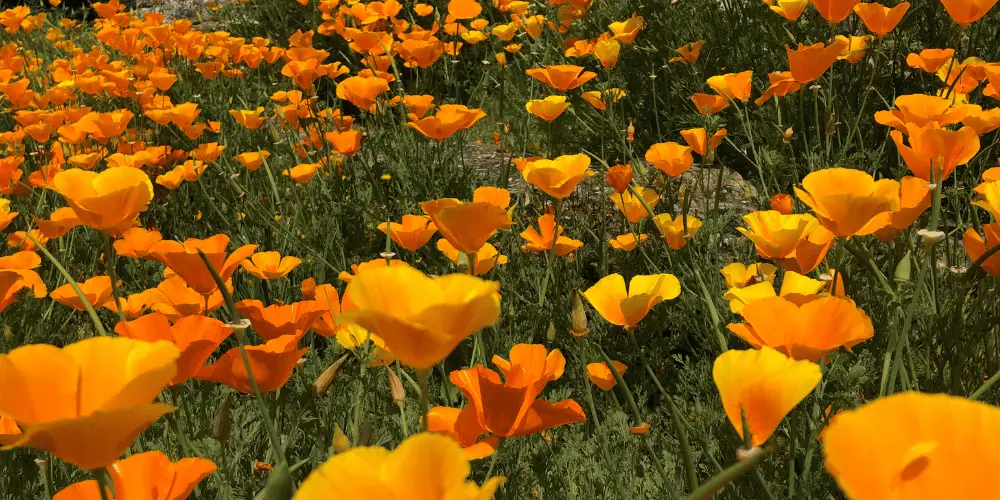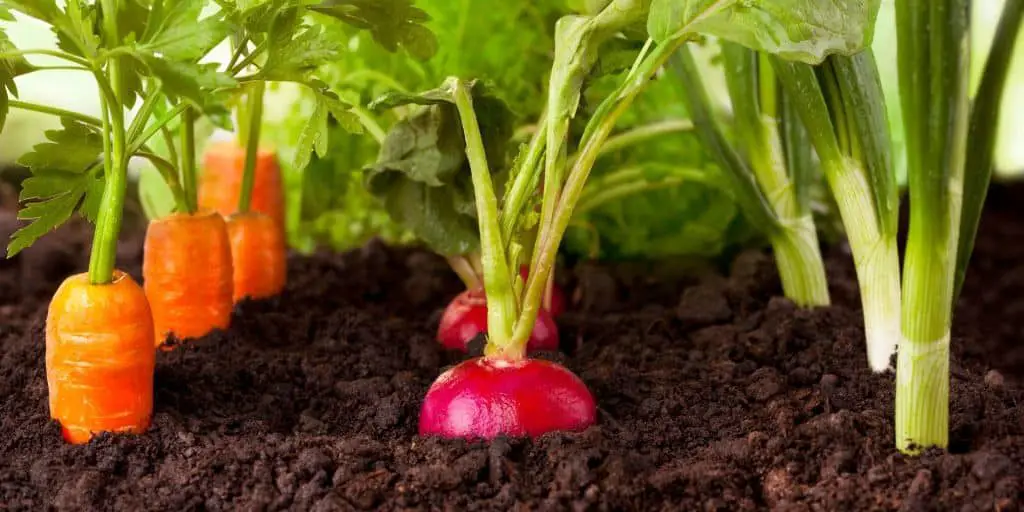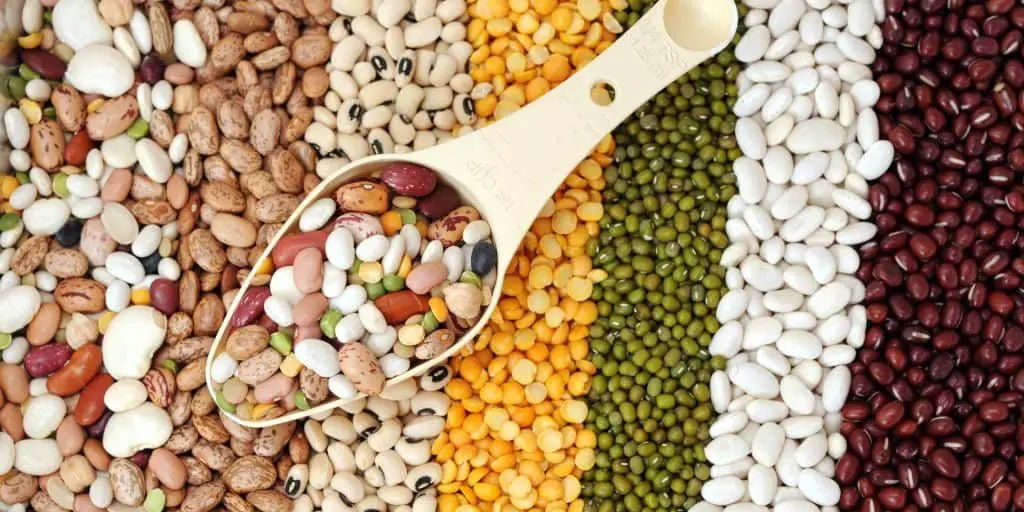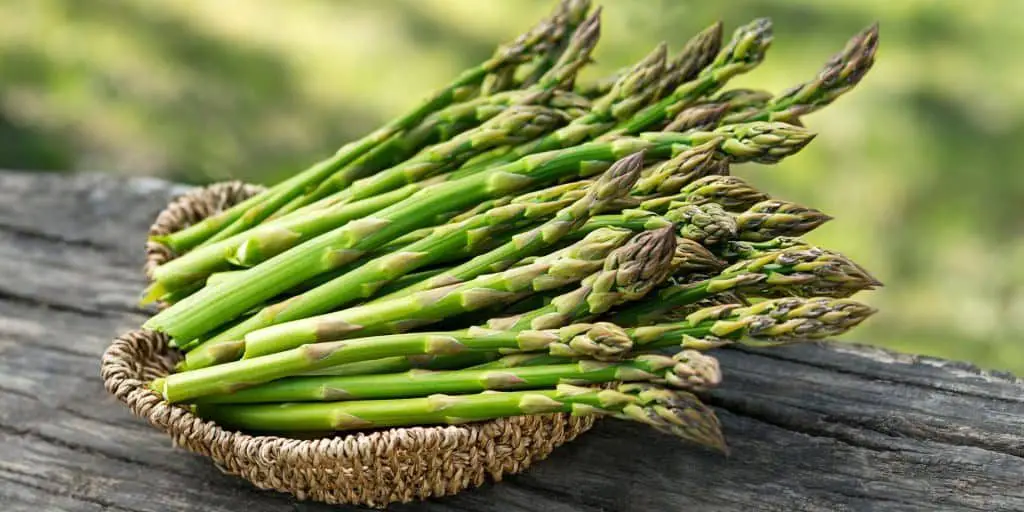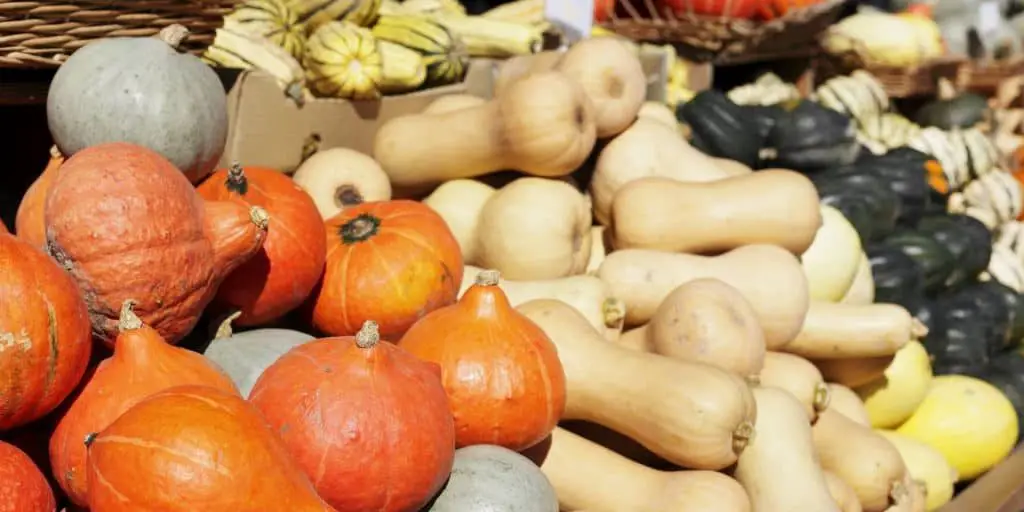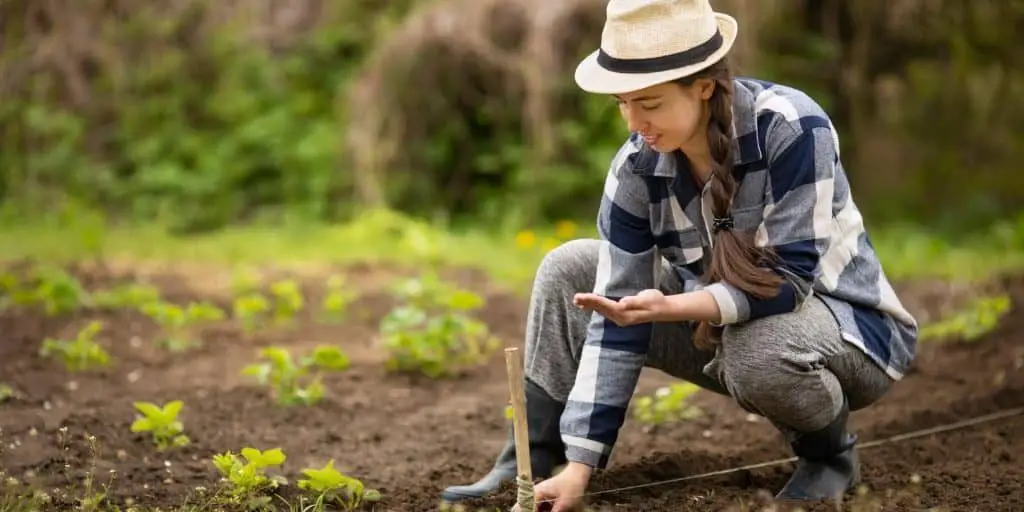
What to Seed Outside in Early Spring
While you can always start seeds inside to give yourself an early start for when things begin to warm up, what can you seed directly in the ground outside in early spring?
Temps and soil are still cold this time of year, and not everything will germinate in those conditions, let alone grow. But there are seeds that will sprout in cooler temps, especially if you take a few extra steps to warm your soil beforehand.
We’ve compiled a list of vegetable seeds and flower seeds to plant in spring, plus some tips and tricks to help your spring garden flourish. Read on to learn more about what to seed outside in early spring!
Spring Vegetable Seeds
Here are ten vegetables that are super reliable for early spring sowing:
- Arugula – full sun, frost resistant
- Beets – full sun, frost resistant
- Carrots – full sun, frost resistant (frost-kissed spring and fall carrots are very sweet!)
- Cabbage and Kale – full sun, frost resistant
- Chard – full sun, frost resistant
- Lettuce – full sun, not frost resistant, protect with frost blankets
- Peas – full sun, frost resistant
- Spinach – full sun, light frost resistance, protect with frost blankets
- Radishes – full sun, frost resistant
- Tat soi and Bok choi – full sun, light frost resistance, protect with frost blankets
Spring Flower Seeds
Yes, there are flowers that love the cold temps, too! Here are ten of best early spring flower seeds”
- Bachelor’s buttons – full sun, frost resistant
- Bells of Ireland – full sun, blooms are not frost resistant, protect with frost blankets
- Feverfew – full sun, frost resistant
- Forget-me-not – full sun to part shade, frost resistant
- Dianthus – full sun, frost resistant
- Larkspur/Delphinium – full sun to part shade, frost resistant
- Nigella/Love in a mist – full sun to part shade, frost resistant
- Iceland Poppies – full sun, blooms are not frost resistant, protect with frost blankets
- Sweet peas – full sun to part shade, frost resistant
- Snapdragons – full sun to part shade, frost resistant
How to Warm the Soil in Spring
There are plenty of time-honored tricks that gardeners and farmers have long used to warm their soil in the spring. Here we present just a few of the best and most accessible ones.
Use dark mulches and compost.
Dark colors absorb more heat, which you can use to your advantage in the garden. When you add compost in the spring or cover the garden with mulch, use materials that are dark-colored. They will absorb heat from the sun and gently transmit it to the soil below.
Use plastic as a heat magnifier.
Some small-scale, independent farms will adapt the above principle to a larger scale by spreading black silage tarps over their fields for a few weeks in early spring, before they plant into them. This both warms the soil and kills off a number of weeds.
You can copy them by spreading a regular dark-colored painting tarp over your garden beds for about two weeks before planting time.
Bury buckets in the soil.
This trick works best for places that have warm, sunny days and cold nights; and it’s more effective in raised beds than in beds that are ground-level.
Find a few buckets that are black or dark blue in color, and place them in a line down the middle of the garden bed. Dig a shallow hole for each of them, so that each one is half-buried in soil. Fill with water.
The water and the dark color will soak up the daytime warmth, and slowly release it into the soil during the cooler night.
Make mini greenhouses.
All you need are a few plastic gallon milk bottles and a pair of scissors. Cut away the bottom of the bottle, but keep the top cap. After you’ve placed seeds in the ground, place the bottle over it until the seeds germinate and the seedlings have a few true leaves.
You can also use these mini greenhouses to protect seedlings on espcially cold and frosty spring nights.
Plant in raised beds.
Raised beds will actually warm up faster than level ground will, so they can be a good way to make spring happen a little earlier.
To mimic this effect without building a whole new raised bed, add enough compost and fresh soil to create a somewhat mounded surface on the top of your garden bed proper.
Plant in a cold frame.
Cold frames are advanced mini greenhouses that consist of a (usually) wooden frame outfitted with transparent plastic or glass panels. They are less expensive than a full greenhouse, and you can also place them on your beds in early spring when things are still chilly, and then simply lift them off in summer when things warm up.
We hope you found this article on what to seed outside in early spring helpful. Let us know what you have decided to plant in your garden this spring!

